How to Reseason a Cast Iron Skillet In 3 Easy Steps
As an Amazon Associate and member of other affiliate programs, I earn from qualifying purchases.
Cast iron is an ideal cookware material for sauteeing, frying, simmering, baking, and more. But you need to season a cast iron pan before you use it so that food you cook in it doesn’t get stuck and burn.
After months of daily use, our trusty iron skillet was showing signs that it needed some love. I noticed it was greying in some areas and had some stubborn baked-on bits of food even after washing. Fortunately, all it takes is a quick scrub and a few minutes of my time to reseason a cast iron skillet.
Whether you’re trying to revive an old cast iron skillet or just need to do some maintenance work on frequently used pans, it’s not uncommon to need to reseason cast iron pans from time to time.
In this post, I’m going to show you how easy it is to clean and reseason a dull, rusty iron skillet.
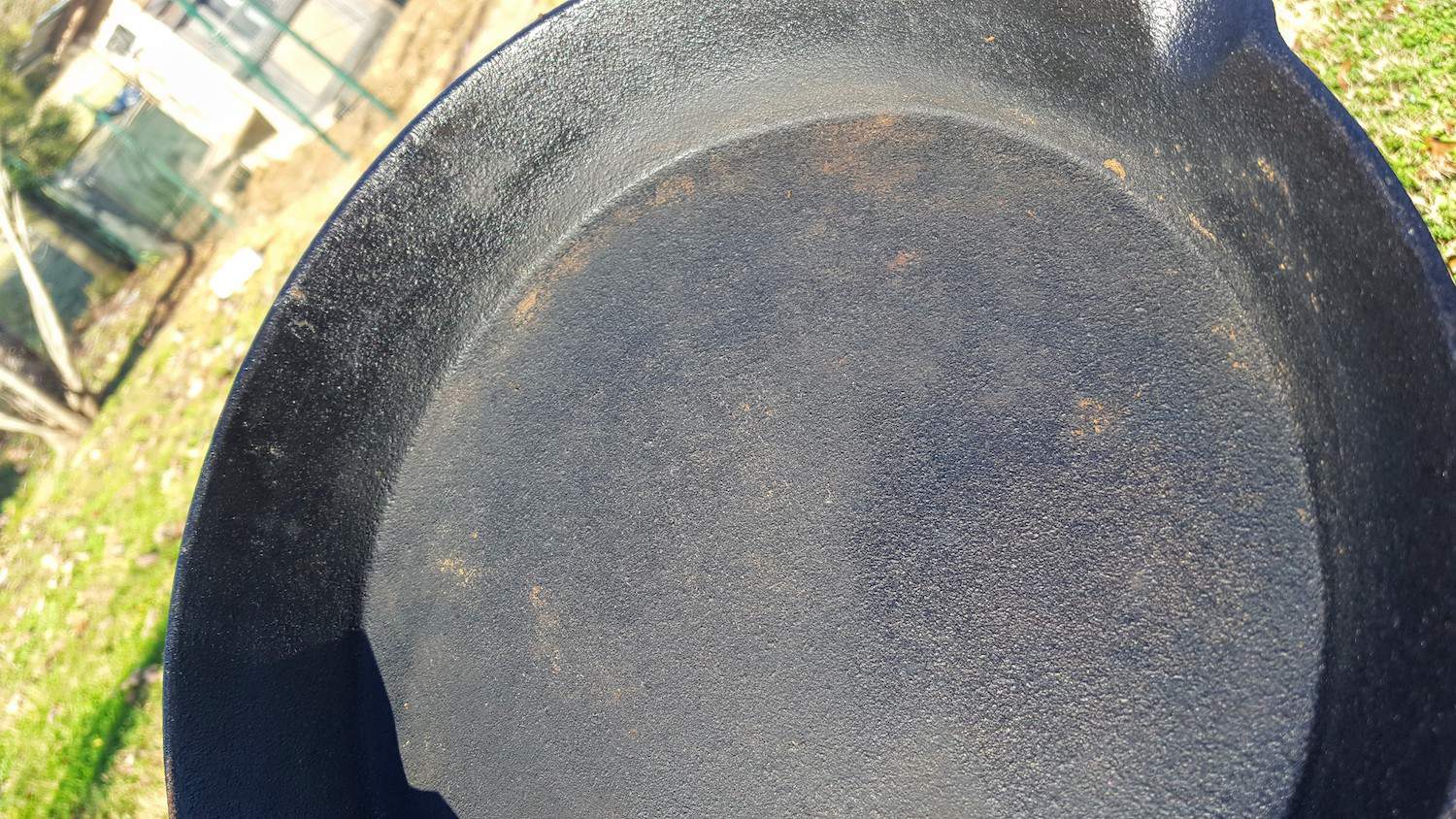
Many cooks are such big fans of cast iron that they’ll purchase used ones at antique stores, yard sales, and online. There’s no real danger in buying used cast iron skillets because they are virtually indestructible and are frequently passed down in families for generations.
If you find a good deal on some used cookware that just needs some TLC, you can use these steps to revive a cast iron pan.
Why do we season cast iron skillets?
Seasoning a cast iron skillet is simply a process of coating the pan with oil and heating it in the oven for a few hours. Seasoning cast iron creates a non-stick surface, but that’s not the only reason you should season a pan before using it.
When you heat your iron cookware on the stove or in the oven without seasoning, the metal reacts with oxygen to form rust. But when you heat up fats/oil in the iron skillet, a different reaction occurs that forms a hard protective coating on the pan that prevents the oxidation that causes rust.
So you can see that maintaining cast iron kitchen pans is absolutely necessary to keep your pans in good shape. Using cast iron cookware comes with some responsibility to maintain them to ensure they last effectively for many years.
But it’s a process you only need to do a few times per year, and it’s really no big deal.
When to reseason a cast iron skillet
An iron skillet should be reseasoned if it has not been used in a very long time or if the regular use and cleaning of the skillet has caused the seasoning to wear off.
I have found that the more you obsess over scrubbing and cleaning your skillet after each use, the more often you need to reseason it. The best thing to do is rinse and scrub off food with warm water as soon as possible after use.
If you let the food (or worse – water) sit in the pan overnight, your skillet may need to be reseasoned more often.
How to reseason a cast iron skillet in 3 easy steps
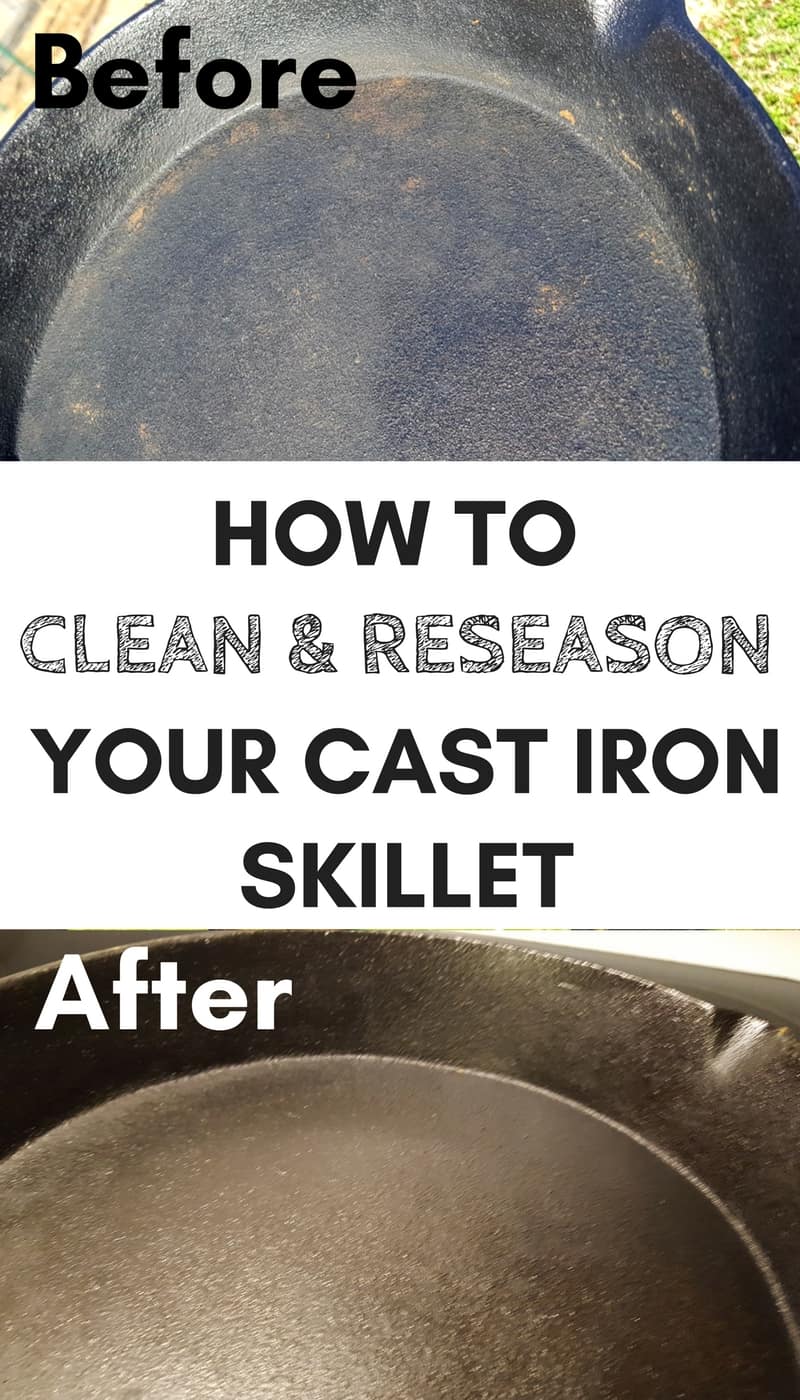
If you’ve been neglecting your cast iron skillet for some time, chances are you need to do some maintenance on it. As years go by, if you don’t care for it properly, your cast iron skillet will lose its seasoning which could make cooking in it difficult and even unhealthy.
Step 1: Clean the cast iron skillet
Your first step to reseason a cast iron skillet is to make sure you wash it well. In most cases, gently washing with warm, slightly soapy water is all you need to clean your cast iron pans. To get off stubborn bits, try scrubbing with some coarse salt and a paper towel.
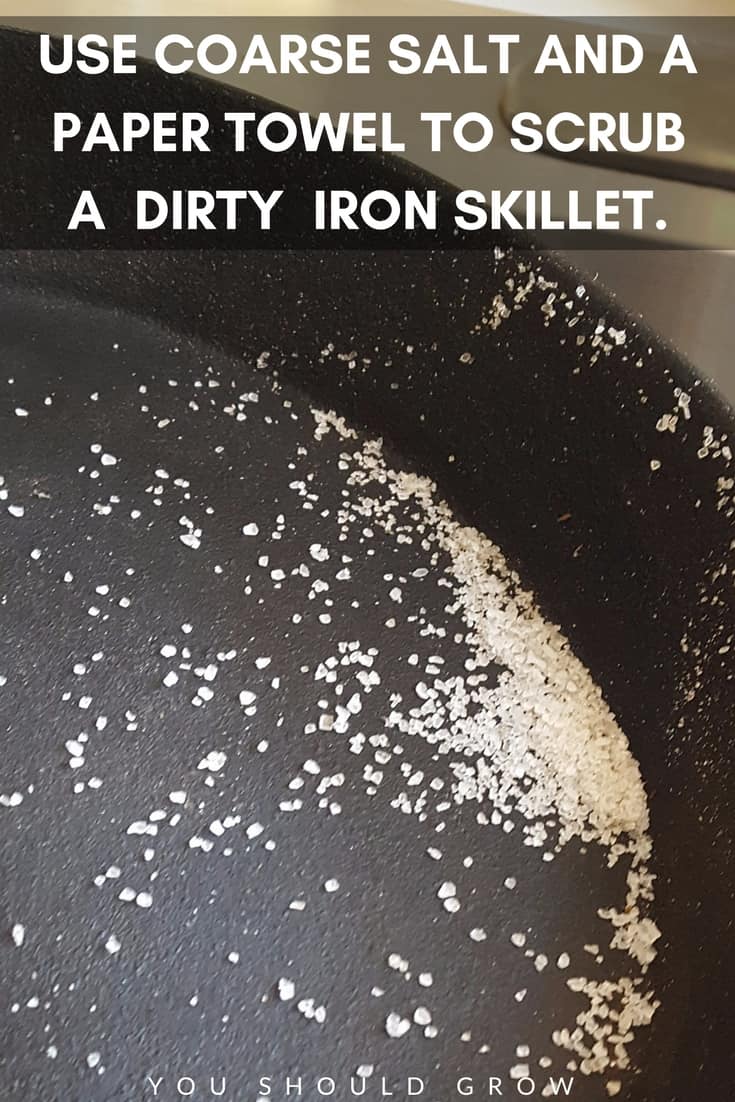
For very dirty pans, you can use a firm bristled brush or even steel wool in extreme cases. Intense scrubbing like this will remove any seasoning on the pan, so take care to follow the rest of the steps here to reseason your cast iron skillet after scrubbing it in this way.
Trying to clean a rusty cast iron pan?
Here’s a natural method for removing rust from cast iron pots and pans: Mix 1 part molasses with 9 parts water (that’s about 1.5 cups of molasses per gallon of water). Pour the mixture into and/or around the rusty pan, and let it soak for 3 weeks in a warm location.
After 3 weeks, just scrub the pan with a cast iron pan brush or coarse salt.
I know that sounds crazy, but the molasses solution will actually break down the rust so you can scrub it out just like that!
After washing your iron pans, always dry them completely.
The most important step in cleaning a cast iron pan is making sure to wipe it dry completely. If there’s still a bit of moisture on your skillet, heat it on the stovetop to let it completely dry out.
Step 2: Apply oil all over your skillet.
Now we’re ready to apply oil all over your skillet. That includes the cooking area, the sides, the bottom, and the handle. Using a paper towel, make sure the oil is applied to every nook and cranny of your cast iron skillet.
Remember, we’re trying to protect the skillet from reacting with air to form rust, so it’s important to get some oil on every part of the skillet.
When you’ve applied the oil correctly, your skillet should look not be dripping with oil. If there are puddles of oil on your pan, wipe the excess oil off with a paper towel.
Which oil should you use to season a cast iron skillet?
Many home cooks simply use vegetable oil, bacon grease, or lard to season cast iron. Organic vegetable oil is a non-gmo option. Although technically you can use any cooking oil for seasoning a skillet, some say that flaxseed oil is the best oil to reseason cast iron.
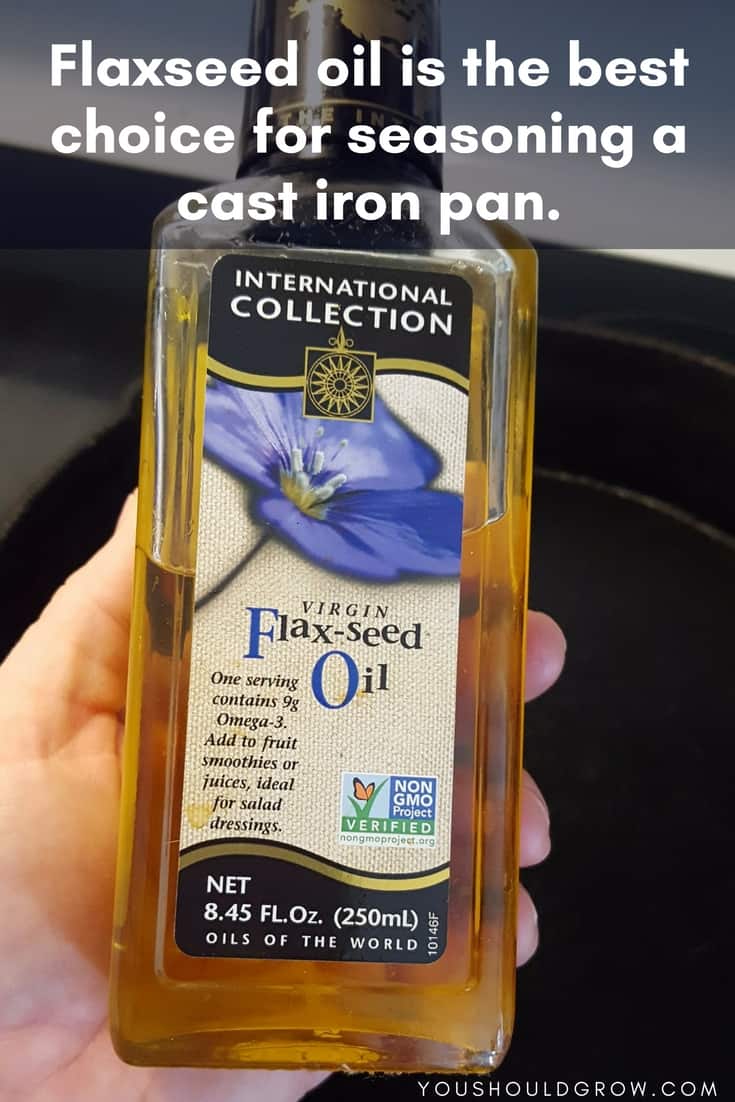
You don’t have to reseason cast iron with flax oil, but the rationale is that the properties of flaxseed oil have a chemical reaction that forms the most protective barrier for cast iron pans. (source)
But I wouldn’t go running out to the store to buy some new oil just to reseason cast iron pans. Just use what you have on hand.
Step 3: Reseason the cast iron pan in the oven
First, place some aluminum foil on the bottom rack of your oven just in case any oil drips off the pan (but it really shouldn’t because you don’t need that much oil). Then preheat your oven as hot as it goes – usually 450F.
Place the oil coated cast iron skillet upside down on the top oven rack.
Leave the skillet in the oven for 30 minutes to one hour. Pull your skillet out of the oven and repeat the oiling and baking up to 3 more times.
Hopefully, you don’t need me to remind you to be careful during this step as your pan is super hot!
The more layers of oil you bake onto your skillet, the better the protective coating on your pan will be.
When you’ve completed the last round of oiling and baking, turn off the oven and let your pan cool inside. Don’t use it for cooking until the pan is completely cooled down.
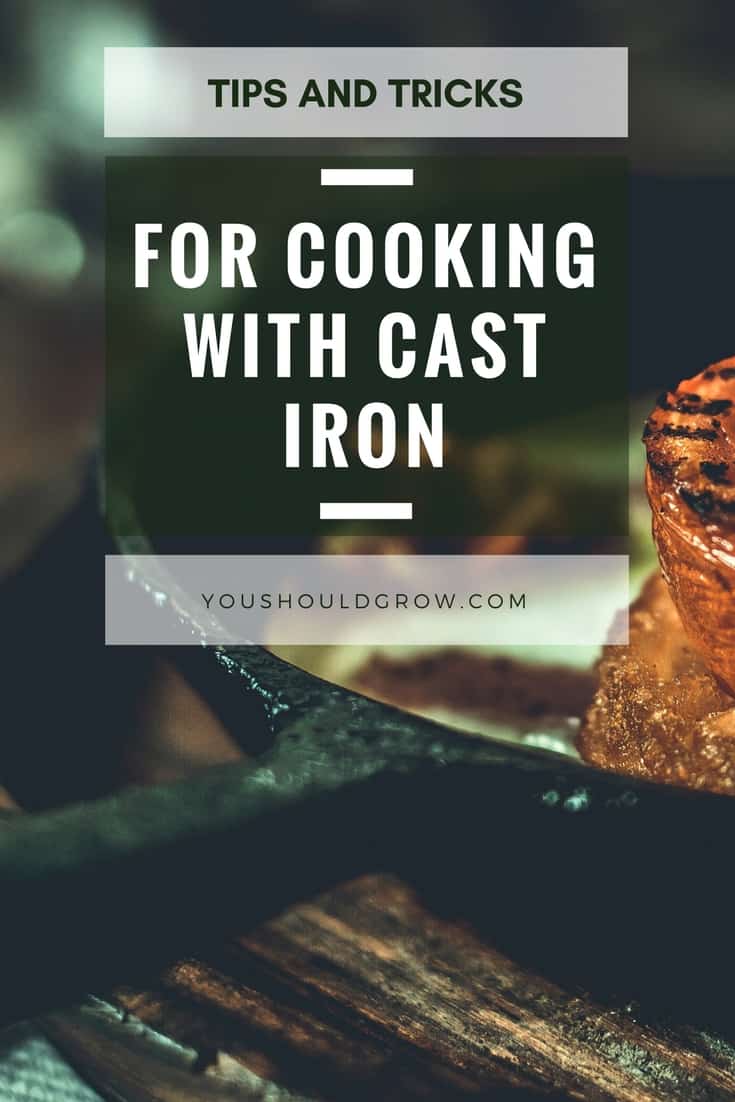
Tips and tricks for cooking with cast iron pans
Go through this process to reseason a cast iron skillet whenever you notice that bits of cooked food are getting stuck to the pan or you notice grey-colored spots.
Clean your cast iron pan after every use. You may choose to simply wipe your pan or gently scrub it with a brush and warm water. Usually, you won’t need to use any soap to get the pan adequately clean.
Always. Always. Always completely dry off your cast iron cookware after cleaning.
Acidic substances like tomato sauce can damage cast iron if it’s not seasoned well. Avoid simmering acidic sauces in cast iron for long periods of time. We cook tomato sauce in our skillet all the time, so just keep an eye on it and reseason as needed.
Sometimes, the cast iron will take on the flavor of cooked items. Beware of cooking fish in your cast iron pans.
Use only wooden spoons and the like when cooking in your cast iron pans. Sharp edges on forks, knives, and kitchen tongs can damage the seasoned coating.
Things you should never do with cast iron cookware
Never ever put your cast iron cookware in the dishwasher or the microwave!
Cast iron is not a good choice for food storage. Don’t try to hold or freeze food in cast iron pans.
Don’t boil water in cast iron pans. It will degrade the seasoning.
Cast iron cookware is a staple in any homestead kitchen
We love the unique flavor we get from cooking in well-seasoned cast iron pots and pans. Cast iron cookware works well on electric and gas stoves and is a great choice for cooking outdoors over an open fire.
Try this delicious recipe for blistered shishito peppers in a cast iron skillet.
Which cast iron pans do you need?
We use the 12 inch skillet and the dutch oven almost every day. I can’t imagine dinner without them.
Taking care of cast iron pans isn’t really much more work than taking care of any other type of cookware. And, if you follow the proper care instructions for your cast iron kitchen pans, then you can certainly expect to get years of great use out of them.



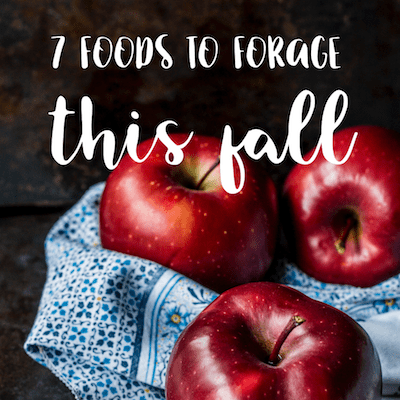

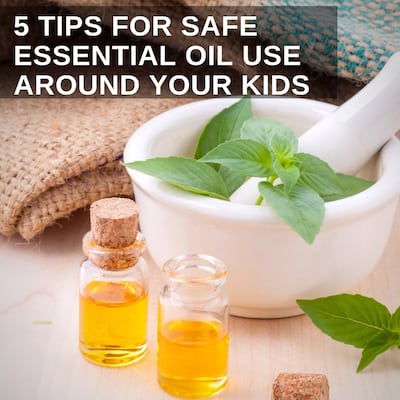
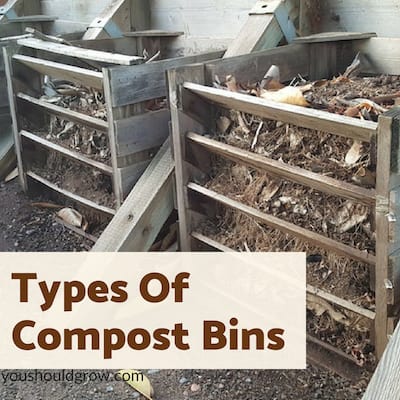

So what types of pots do you use to make spaghetti sauces or chili?
Hi Elaine, a well-seasoned cast iron pot can tolerate cooking tomatoes as long as you clean it up right after you’re done. Alternatively, we use stainless steel pots, and we recently purchased a non-toxic non-stick skillet by Healthy Legend that is working out pretty well.
How do I re-season a small 1/4” spot on the inside wall of my cast iron skillet?
Thanks!
Hi Tommy, you can try to reseason just a small area with the steps above. But if you’re going through the motions, you might as well treat the entire skillet.
My mother in law just gave me three cast iron skillets that were my husbands grandmothers. My mother in law never used them so they have been sitting in a cupboard at their camp for about 30years! Anyway I am thrilled to have them. I have cleaned them and re seasoned them but I didn’t get them clean enough around the inside edges. Baked in grease is all along the inside edges. I can’t seem to get it scrubbed smooth. One came out perfect the other two one of which is a pan size griddle need serious help. What can I do.
The only thing to do is scrub it as best you can and then reseason it. Have you tried a small tool like a toothbrush?
when I putt my pans in the oven to season with a very light coating of canola oil it gets blotchy. can you tell me why. I don’t use a lot of oil and I usually wipe out almost all of it.
Hi, Patsy! I would revisit the cleaning stage and make sure there’s no residue there blocking the oil from absorbing.
There was continuous smoke pooring out the oven vent for 90 minutes. My oven goes up to 525, but I set it at 450 anyway. I followed the instructions and did 3 rounds of oil and then bake. Turns out I should have researched smoke point for the oils I have. I used unrefined Coconut oil which smokes at 350. After online research I found Refinded Avocado oil has the highest smoke point at 525. I’ll use that next time.
You WANT the low smoke point oil. When the smoke point hits the oil carbonizes, which is what makes your nonstick layer. Did you maybe have too much oil in the pan? Some smoke is normal.
I have my Moms 10” skillet she uses for cornbread, she asked my hubby to reseason for her. Apparently she hasn’t done a very well job of cleaning the top1” all the way around it. It’s kinda burnt on good crusty. I tried to use. Route force with paper towels and coarse salt, no bueno!! It’s not budging. Can I use steel wool, or one of those metal chain cleaners I’ve seen them on Amazon? Thanks!
I have a 6″ cast iron skillet that I seasoned using the oven broiler at ten minute intervals.
Cleaned the skillet bottom with a buffing fiber disk attached to a drill motor. Got a shiny finish….coated with vegetable oil and did process using oven broiler.
Did 3 times with light oil .
End result pan is slick..non stick all within 1 hour.
Do you need to let the cast iron pan cool between the three times of seasoning it and putting it back in the oven?
Do I need to cool between each of the three times in oven
@judy boar: I think she means that once it cools down in the oven, repeat the oiling process and put it in the oven, heat, let it cool. This repeat process adds another layer of coating. Do this for a total of four times. At least this is what I understand from the article. Correct me if I’m wrong. Gonna try this now!